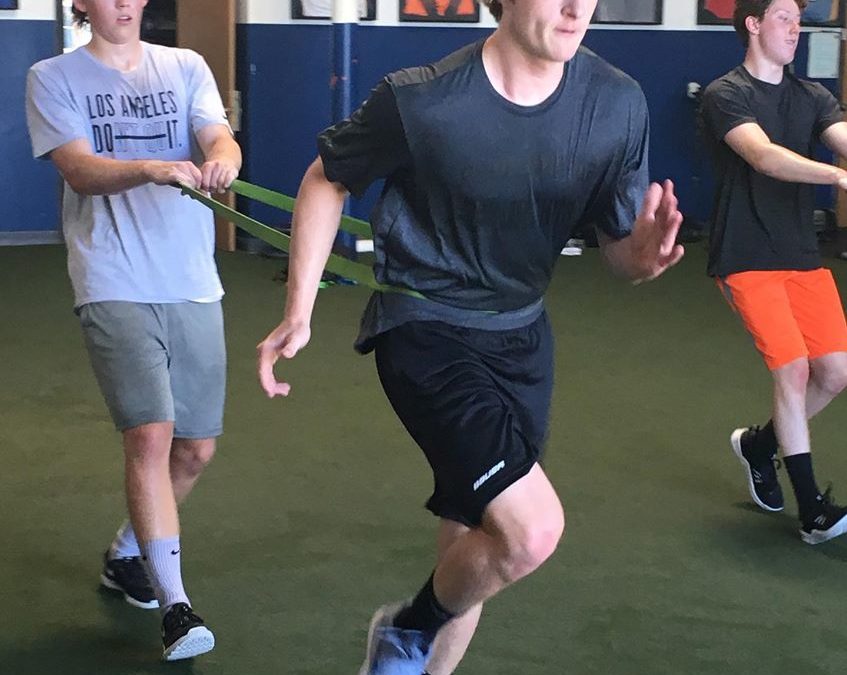Just like that the summer off-season for hockey is almost over. I hope everyone spent some quality time off their skates to recover and rehab from last season. In a previous article, I spoke of using the early off-season to build strength in the gym while reducing the amount of time on ice to avoid burnout. At this point of the year, the ice touches will start to increase again as the intensity picks up for the upcoming season. In fact, I spoke to one family this morning who asked me when their player should be in the gym if he is skating 5 days a week…yikes!
Specific Adaptation to Imposed Demand (SAID)
The athlete’s body will generally adapt to the stressors placed upon it. Known as Specific Adaptation to Imposed Demand (SAID), there are positive and negative responses by the body. As there is increased stress on the player from increased ice time and workouts, we need to find the sweet spot of how much of each the player can withstand without overtraining. Too much stress and training can lead to negative performances and increased fatigue.
The Perfect Combo: Training, Recovery, and Regeneration
Following a periodized training program into the preseason phase helps the hockey player as training parameters change. The proper mix of training, recovery, and regeneration can help reduce the risk of injury and decrements in performance. High-intensity workouts and metabolic training can be quite effective at this point. The workouts can then be offset by mobility and regeneration days which allows the athlete to reduce exhaustion and injury potential. Recovery techniques can include foam rolling, compression boots, percussion tools, and CAR mobility drills to name a few.
Hockey players must work on and develop stamina and endurance. But be aware of overtraining and fatigue that prevent the gains needed to improve for the upcoming season. Use mobility and recovery days to offset the increased amount of time spent on the ice along with the time spent in the gym. A well-conditioned hockey player is more resistant to injury and exhaustion. Be the player who can outlast your opponent late in the game to make the game-winning play!!
Mike Hannegan is an Athletic Trainer and Strength Coach with ten years of experience in the NHL with the Anaheim Ducks and St. Louis Blues. He is currently the Director of the Compete Sports Performance and Rehabilitation facility inside The Rinks Yorba Linda Ice located in beautiful Orange County, CA. He can be reached at mike@competeperformance.com or through our website at www.competeperformance.com

